
Aftearmarket EGR Coolers
The Exhaust Gas Recirculation (EGR) cooler is a component used to lower the temperature of the exhaust gases that are passed back into the engine in order to decrease NOx emissions. The gas circulated by the EGR system can be very hot which reduces the amount of air and oxygen available for combustion. For this reason many modern diesel engines are equipped with EGR coolers to lower the temperature of the exhaust gases before they return to the engine.
Modern engines use a variety of sensors to monitor temperature and gas flow. If the EGR cooler becomes restricted or does not function properly, the engine’s control management system may alter settings which cause the environmental and engine efficiency performance to be compromised.
Timely replacement of the EGR cooler can save your engine from serious damage due to severe overheating.
At the radiator, heat moves from the coolant to the eternal air flowing through. The heat exchange process in the EGR cooler works like a radiator in reverse with heat from the exhaust gas flow being transferred to the engine coolant. EGR coolers may use a “tube and shell” or a “stacked plate” configuration and may even have more than one coolant loop. The coolant typically flows to the EGR cooler after it has previously passed through other heat exchangers such as the oil cooler.
If these upstream devices are restricted, it can reduce coolant flow to the EGR cooler and cause problems. This can result in overheating, increased fuel consumption and premature engine wear. In cases with very restricted coolant flow or very high exhaust temperatures, the extreme heat can cause the coolant passageway inside the EGR cooler to crack – allowing coolant to mix with exhaust gases and exit the system completely. Loss of coolant can then lead to catastrophic engine failure.
Warning signs of EGR cooler failure can be a gradual loss of coolant with no apparent leaks. Check for white smoke or steam at the exhaust. A sign of extreme high temperatures in the EGR cooler can be “puking” from the overflow reservoir. This is because coolant entering a very hot EGR cooler can boil inside the unit. The sudden expansion of gas creates pressure which will force liquid coolant into the overflow reservoir and leave air pockets in the engine block cooling channels which will prevent effective engine cooling.
A stainless steel aftermarket EGR Cooler to suit VW Amarok 2.0L TD with cutaway showing internal tube and shell contstruction.
Whenever a cooling issue is detected, it is important to examine the entire cooling system for failures or restrictions. A problem component can produce issues with downstream parts, especially when coolant flow is restricted.
Good quality aftermarket EGR coolers are now available that meet or exceed OE specifications with some being specifically developed in Australia by the supplier to suit our conditions. Look for a reputable national brand with strong after-sales support.
Recent Posts
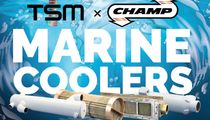
TSM Champ Marine Coolers
Aug 25, 2025 Read More

TYREE CABLE
Aug 18, 2025 Read More

LEMFORDER Control Arms Available
Jul 21, 2025 Read More
Now In Stock: MANN-FILTERS
Jul 16, 2025 Read More
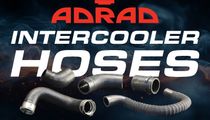
ADRAD Intercooler Hoses
May 12, 2025 Read More
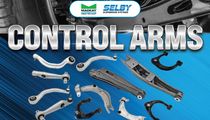
Control Arms
Mar 28, 2025 Read More

Diesel Particulate Filters
Mar 4, 2025 Read More

Thinkcar Diagnostic Tools
Oct 2, 2024 Read More
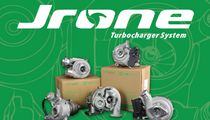
Jrone Turbochargers
Sep 9, 2024 Read More

Adrad Fuel Pumps and Modules
Jul 24, 2024 Read More

Adrad Power Steering Pumps
May 22, 2024 Read More
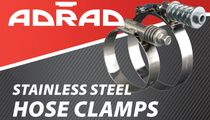
Constant Torque and T-Bolt Spring Clamps
Jan 30, 2024 Read More